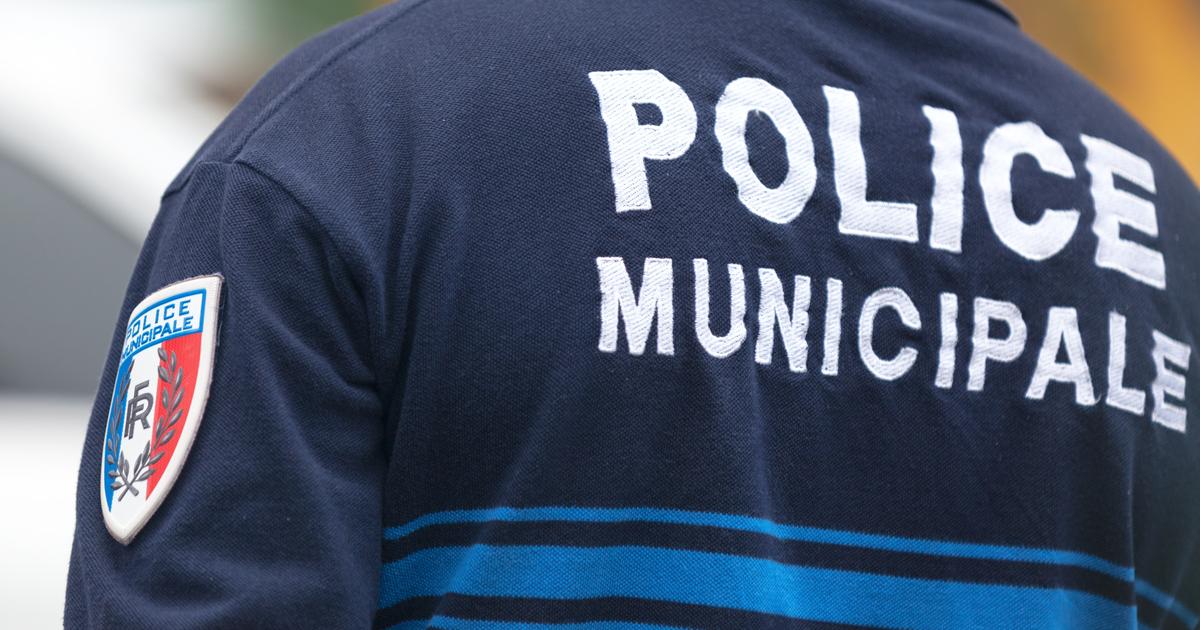That was just a hundred years ago. On May 25, 1923, Pierre Quéméneur, a wealthy businessman, disappeared while on his way to Paris with Guillaume Seznec. The two Breton partners travel in Seznec's tired Cadillac, which keeps breaking down. Fearing to be late, Quéméneur reportedly decided to finish the journey by train. Seznec claims to have dropped him off at a train station before turning back. And assures that he has never seen Quéméneur again, whose trace is lost here.
The last person to see him alive, Seznec was quickly suspected. He was sentenced to prison in 1924, after a resounding trial that concluded that he was guilty in the murder of Pierre Quéméneur. Despite 14 requests for retrial, all rejected, the innocence of Guillaume Seznec - which he has always claimed - has never been proven. One hundred years later, while Quéméneur's body has never been found, the "affair" remains shrouded in mystery and continues to fuel theories. A quick overview.
Seznec's guilt
For justice, Seznec had everything of the ideal culprit. Described as a clever and scheming guy, he was riddled with debt. During the investigation, he continues to contradict himself and his story does not stick: Seznec claims, for example, to have dropped Quéméneur at the station of Dreux, in Eure-et-Loir, the evening of his disappearance. It will be shown that the two men actually dined in Houdan, 20 km further on the road to Paris, at an hour when no more trains were running.
One element, above all, will precipitate his downfall: a typewriter, found in the attic of his sawmill, and which would have been used to write a promise of sale of a property belonging to Quéméneur, for the benefit of Seznec, for a small fee. Considered almost indisputable at the time of the case, the theory of Seznec's guilt was gradually called into question, as new elements emerged.
The trail of American bandits
According to Seznec's version, Quéméneur was on his way to Paris for an obscure Cadillac traffic bound for the Soviet Union. There was an appointment with an American named "Cherdly" or "Chardly " to do business.
See alsoSeznec case: the trail of an American scammer discovered in the FBI archives
"The very clear impression that emerges from these facts is that Mr. Quéméneur has been lured into an ambush and that the police are now faced with clever and formidable criminals," wrote the Dépêche de Brest of June 26, 1923, in an article reported on his blog by the journalist and specialist in the Liliane Langellier case. "From the findings made in the course of investigations to clarify many cases, it has already been established that there existed in France an organized gang of international bandits, mainly among its members of which were Americans; Should we admit that our compatriot was the victim? " writes the newspaper. In 1924, an indictment claimed to have found no trace of this mysterious character, "a pure creation of Seznec's imagination".
Quéméneur killed in Plourivo
Could the shots heard near Quéméneur's property in Plourivo, one evening at the end of May 1923, be the cause of his death? This is the track dug by a judge of Pontrieux, Charles Victor Hervé, based on the testimony of sailors who dredged in front of the house. In 1949, however, a review commission had established that these shots had been fired during a wedding on May 24, 1923, while Pierre Quéméneur was in Rennes, recalls Ouest-France.
The police "machination"
The thesis of a "police machination" to convict Guillaume Seznec was fiercely defended by members of the convict's family, including his grandson, Denis Seznec, author of the bestseller "Nous les Seznec" in 1999.
A troubled character is particularly singled out: Pierre Bonny. A rogue cop whose name will also appear in the famous Stavisky affair, and who will end up shot after being one of the leaders of the French Gestapo during the Second World War, Bonny is only a young police trainee when the case breaks out. He played a minor role in the investigation, but his name - now tainted by a sulphurous reputation - resurfaced after the war. Bonny is then presented as the mastermind of a conspiracy, and is accused of having deposited the typewriter in the attic of the sawmill of Seznec. "Why would I have needed to organize this staging? It is absurd and it does not stand up," he would have defended himself according to remarks reported by the writer Michel Kerriel in his book "Seznec, the impossible rehabilitation".
The family secret
In 2015, almost 100 years after the fact, new elements completely revive interest in this case. In a book, the former lawyer of the Seznec family Denis Langlois recounts the confidences made to him by "Petit-Guillaume", one of the sons of the convict: while he was playing in the garden of the family property, on May 27, 1923, "Petit-Guillaume" heard his mother screaming inside. Climbing to the window, he sees the body of a man lying on the ground. It's Pierre Quémeneur. The businessman allegedly tried to assault Marie-Jeanne Seznec, who violently pushed him away, resulting in his death. Absent at the time of the facts, Guillaume Seznec would have concealed the body and made his family promise never to divulge anything of this story.









